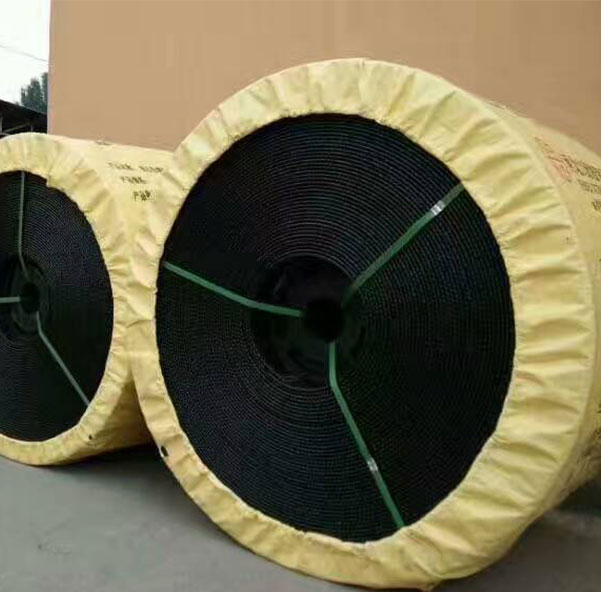Jun. 23, 2021
4 Common Problems Of Conveyor Belts Solved By Composite Materials
When it comes to material handling, the conveyor where the material is transported is as important as the material itself. Although the main goal of most conveyor systems is to provide opportunities to inspect products and transport them to your entire facility, this is impossible without the implementation of a proper handling system.
Transportation systems made of traditional metal components may begin to show signs of wear after a long period of use, causing maintenance inconvenience and downtime. Whether your system loses traction due to a lot of activity, becomes rigid due to rust, or corrodes due to exposure, the operating quality of the machine directly affects the performance of your project.
The 4 most common conveyor belt problems in the material handling industry:
1. Mistracking
The process of tracking, adjusting, and managing a conveyor belt to maintain a specific path is the key to creating the output required by your system. When the belt drifts from one side to the other, it is also called mistracking, and you are vulnerable to unforeseen downtime, belt damage, product damage, and maintenance troubleshooting issues. Uneven belt wear, or even failure of the entire system, may occur when the belt deviates from the normal track.

conveyor belt
2. Belt slippage
When it comes to conveyor belts, too little or too much tension can directly affect your operating performance. If your head pulley wears out, you won’t have enough traction to grab the belt, causing the belt to stretch too much, making harsh noises, and slipping the transportation. Time-consuming maintenance usually requires removing buildup, adding packages to drive pulleys, or reconfiguring tension requirements.
3. Grab the roller
As mentioned above, most conveyor belt systems traditionally use metal components, such as steel. When these rollers get stuck, they will eventually form sharp edges, causing the conveyor belt to be unequally misaligned along the centerline. This not only poses a threat to a safe working environment but may also damage the materials or packages being transported. If the belt fails completely, you may face shutting down for a long time.
4. Blockages
The main purpose of the conveyor belt is to ensure the efficient operation of materials in the entire system. When this point is affected, the entire operation may be blocked, causing production to stop. If the material being transported is wrapped on a sharp edge, undergoes a rigid direction change, or passes through a corroded chute surface, they may cause accumulation and blockage. Just like any other conveyor belt problem, blockages can easily lead to lost production time and unrecoverable funds.
We are conveyor belt suppliers. Please feel free to contact us if you are interested in our products.